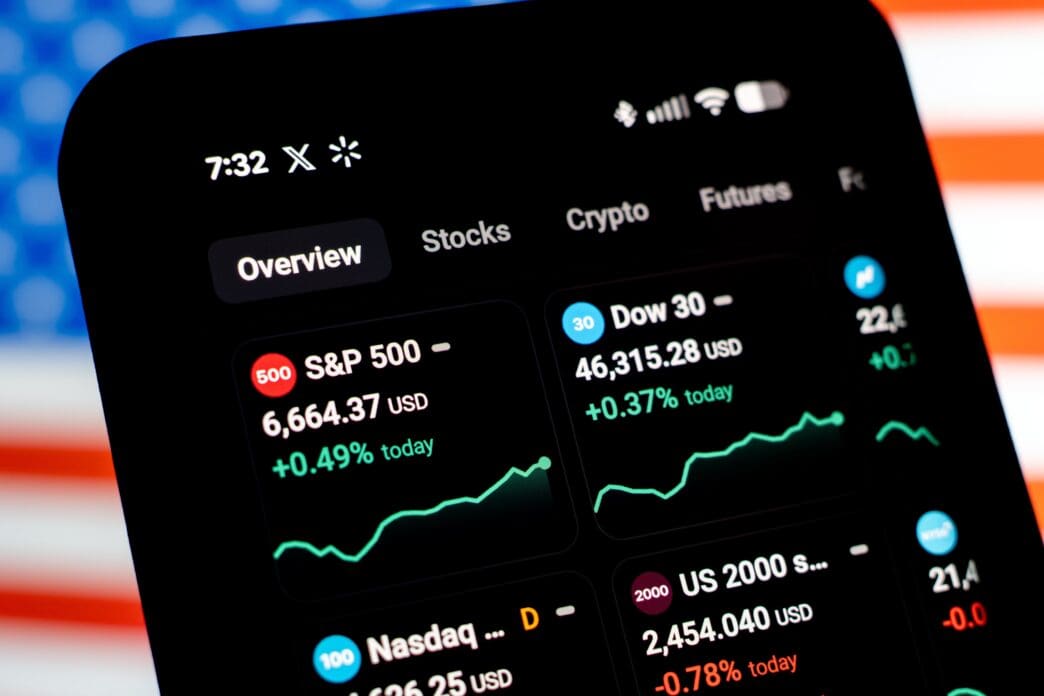Executive Summary
The Story So Far
Why This Matters
Who Thinks What?
The Nasdaq Composite, a technology-heavy index, entered a new bull market on April 8, 2025, following a sharp decline earlier in the year attributed to tariffs imposed by President Trump. Historical analysis suggests that the index could experience substantial gains in 2026 and beyond, with past bull markets averaging a 281% return over approximately five years.
Nasdaq’s Recent Market Performance
The index had peaked in December 2024 before slipping into bear market territory in early 2025. It reached a low point on April 8, closing 24% below its record high. This marked the beginning of the Nasdaq’s seventh bull market since 1990.
The Nasdaq Composite measures the performance of approximately 3,300 companies listed on the Nasdaq Stock Exchange. It is heavily weighted towards the technology sector (64%) and consumer discretionary sector (17%), making it a key benchmark for growth stocks.
Historical Bull Market Trends
Since 1990, the Nasdaq Composite has shown a consistent pattern of substantial growth during bull markets. Across seven such periods, the index returned an average of 281% over an average duration of 1,817 days, or approximately five years. This historical performance suggests an average annual compound return of 33% during these expansion phases.
The current bull market, which began on April 8, 2025, has already seen the Nasdaq gain 49% in its initial six months. If historical patterns hold, the index could potentially advance another 232% over the next four-and-a-half years.
Investment Opportunities
Investors looking to gain exposure to the Nasdaq’s potential bull market can consider the Invesco QQQ ETF. This fund tracks the Nasdaq-100 index, which includes the 100 largest nonfinancial companies within the Nasdaq Composite, maintaining a similar sector weighting towards technology and consumer discretionary stocks.
Top Holdings and Performance
The Invesco QQQ ETF’s largest holdings by weight include Nvidia (9.5%), Microsoft (8.3%), Apple (8%), Alphabet (6%), Broadcom (5.8%), and Amazon (5%). Over the past two decades, the ETF delivered an annual return of 15.6%, compounding to a total return of 1,740%.
This long-term performance, spanning various economic conditions, suggests a reasonable expectation of similar returns in the coming decades, particularly given the anticipated tailwinds from the artificial intelligence sector. The Invesco QQQ ETF has an expense ratio of 0.2%, meaning shareholders pay $20 annually for every $10,000 invested.
Market Outlook
The Nasdaq Composite’s recent entry into a new bull market, supported by historical trends, indicates a potential for significant investor returns in 2026 and beyond. The Invesco QQQ ETF offers a direct avenue for investors to participate in this anticipated growth.







